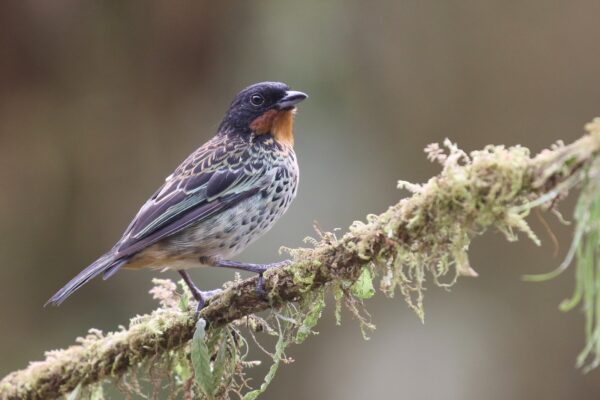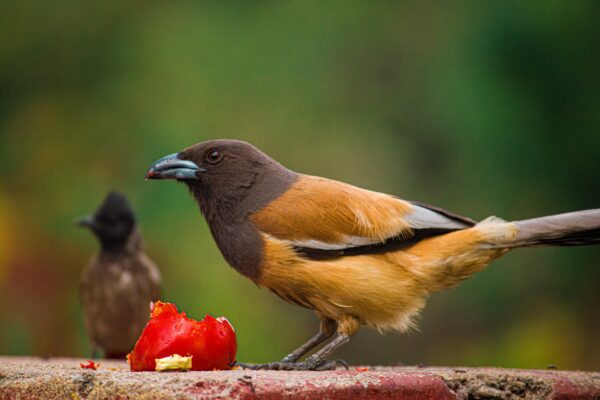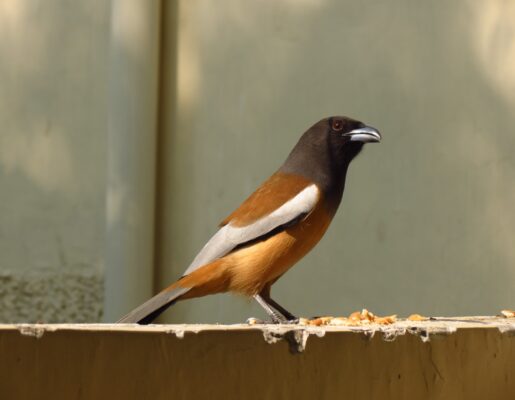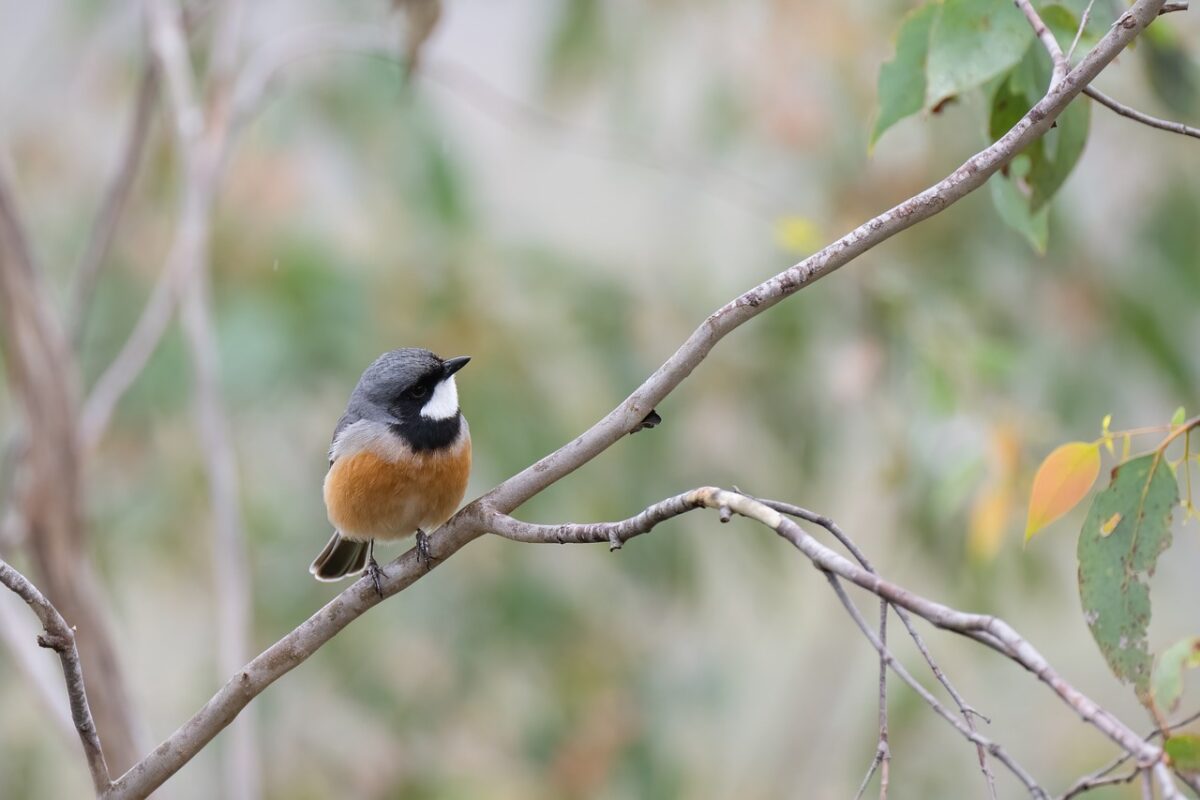A Melodic Marvel of the Australian Bush
Australia is a land of diverse landscapes and unique wildlife, and among its avian treasures is the Rufous Whistler (Pachycephala rufiventris). This charming bird, known for its melodious tunes and vibrant plumage, holds a special place in the hearts of birdwatchers and nature enthusiasts across the continent. In this article, we’ll explore the origin of the Rufous Whistler, its preferred habitats in Australia, famous spots to find it, and address some frequently asked questions about this captivating species.



Origin and Description
The Rufous Whistler is native to Australia and can be found in various habitats, ranging from dense forests to woodlands and coastal scrublands. Its scientific name, Pachycephala rufiventris, reflects its distinctive features. “Pachycephala” translates to “thick-headed,” referring to its robust skull, and “rufiventris” means “rufous belly,” describing its characteristic rusty-red underparts.
The male Rufous Whistler sports a striking black crown and face, contrasting with a white throat and a rufous-coloured belly. The female, on the other hand, has a more subdued appearance, with olive-brown upperparts and a lighter belly.
Habitat and Range
These delightful songbirds are distributed across various regions of Australia, favouring the eastern and southern parts of the continent. They can be spotted in a range of environments, including eucalyptus forests, rainforests, and coastal heathlands. Rufous Whistlers are known for their adaptability, thriving in both dense vegetation and more open landscapes.



Breeding
Males and females develop the eggs and take care of their offspring in monogamous couples. Incubation lasts around thirteen days on average. The female builds the nest by herself, which is normally made of twigs, vines, grass, and other material fashioned into a cup-like shape and tied to a trunk or branch using spider web threads. The nesting period for rufous whistlers lasts from July to February.
Feeding
While rufous whistlers typically consume insects, they also consume seeds, fruit, and, on rare occasions, leaves and grasses. These birds usually hunt for meals on the ground, which is rare for whistlers, who do not generally forage at high heights.



Famous Spots for Birdwatching
- Royal National Park, New South Wales: As one of the oldest national parks in the world, the Royal National Park offers an ideal setting to spot the Rufous Whistler. The park’s diverse ecosystems, including coastal cliffs and eucalyptus forests, provide a rich habitat for these birds.
- Dandenong Ranges, Victoria: The lush rainforests and towering mountain ash trees of the Dandenong Ranges make it a haven for birdwatchers. Visitors often encounter Rufous Whistlers among the dense foliage, adding a musical element to the tranquil surroundings.
- Lamington National Park, Queensland: This World Heritage-listed site is home to a variety of bird species, including the Rufous Whistler. The park’s subtropical rainforests and extensive walking trails offer fantastic opportunities for birdwatching.



FAQs About Rufous Whistlers



The Rufous Whistler adds a symphony of sound and colour to the Australian bush. Whether you venture into national parks or explore coastal regions, keep an ear out for their distinctive calls and an eye peeled for their vibrant plumage. These enchanting birds are a testament to the rich biodiversity that graces the diverse landscapes of Australia.





